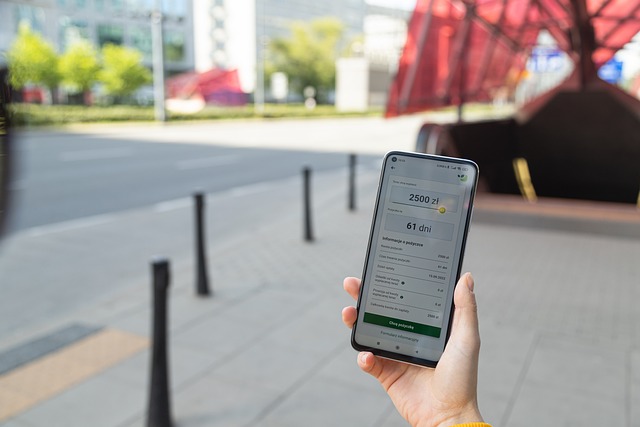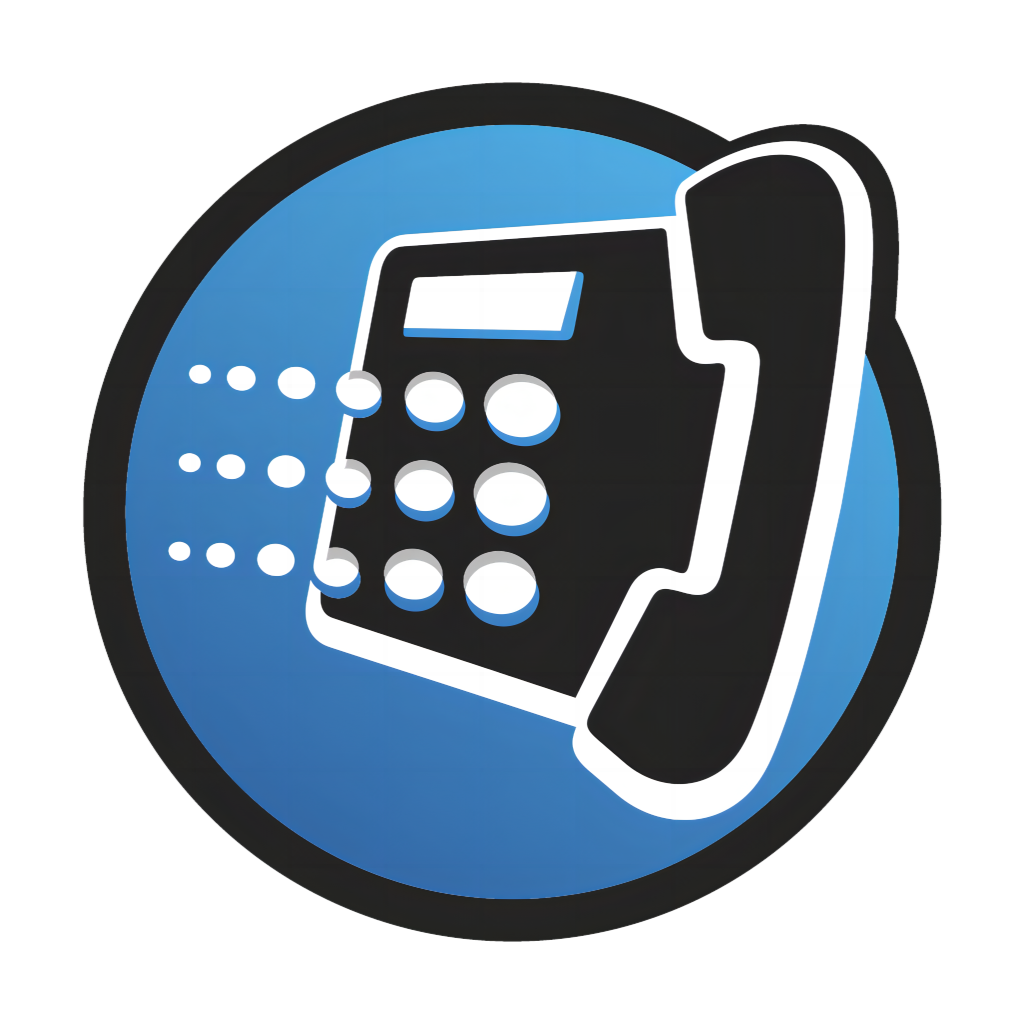Having a phone number is essential for everyone in this era. More than just for contacting people, phone numbers are also for registering for many valuable digital services. Interestingly, there are several types of phone numbers you can choose from, including eSIMs, physical SIMs, and virtual mobile numbers. Let’s get to know about how these things work so you can pick one that benefits you the most.

1. Key Differences
eSIM, physical SIM, and virtual phone numbers are all methods of connecting to a cellular network. A physical SIM card is a small chip you insert into your phone to connect to your carrier’s network. An eSIM, on the other hand, is a virtual SIM card embedded in your phone to activate with a Wi-Fi connection. Meanwhile, virtual phone numbers have no physical SIM card or phone line. Instead, they are hosted in the cloud and accessible from any device with an internet connection.
2. Plan Cost
The newer technology provides more economical value. Hence, you might have figured that the physical SIM has the most expensive rates. It is due to the production and distribution cost of the card, plus the cost of production and maintenance of the stations. eSIM can be cheaper due to the lack of a physical card. However, the fully-virtual system is still the number one when it comes to affordability. So far, no other mobile number system costs as low as the virtual phone system.
3. Device Compatibility
Most people use physical SIM cards because they can go with almost every device, while eSIMs are only compatible with specific devices assigned by the providers. Interestingly, a virtual phone system can also go with all smartphones and tablets, making it convenient for most people.
4. Signal Connection
Physical SIM and eSIM phones make communication lines by using radio signals through cell site base stations. Hence, the quality of the signal connection depends on the service provider. Unfortunately, SIM providers with stronger and more stable connections have more expensive rates. On the other hand, a virtual phone system relies on an internet connection. Hence, you can get the best signal only by connecting your device to the best internet service you can afford.
5. Privacy and Anonymity
Many countries require you to register your phone number regardless of which type of number you use. Yet still, it is much easier for virtual phone users to keep anonymity. Not only can it conceal your identity from other people, but this system also allows you to change your number anytime.
6. Security
The level of security for eSIM, physical SIM, and virtual phones may vary, depending on the service provider. You might need to look into their encryption standards, authentication protocols, security certifications, and many other things to determine the most secure.
7. Coverage
Your mobile SIM number will work only if your provider has a station tower in your area. Therefore, you have to switch to another provider when traveling abroad or pay a roaming fee so your old SIM can connect to other provider’s stations. On the other hand, virtual phones use an internet connection to conduct communication. Hence, you can still use it anywhere as long as your device connects to the internet.
8. Practicality
Virtual mobile system is much more practical than eSIM and physical SIM. It offers flexibility in terms of location, which device to use, and which internet connection to utilize. It is also much quicker and easier to create or change your number. It is easy to operate because you only need one app to access all the available features.
Which is the Best to Choose?
For now, most people are still using physical SIM cards because this system was the most advanced and widespread technology in communication at the time. However, things are starting to change since the newer technology emerged; the virtual phone system.
Virtual mobile numbers offer more advantages, such as lower rates, wider coverage, and much more convenience. The only challenge for people is to choose the right provider to ensure their data safety.

MySecondLine is by far the most recommended provider for you. Here are the incredible things you can do with it:
- Keep your SIM card number active while also having a virtual number from MySecondLine, even if your phone does not support dual-SIM.
- Ease of set up and use with the user-friendly MySecondLine app.
- Communicate more yet spend less money because MySecondLine rates are much lower than the conventional mobile numbers.
- Maintaining your privacy and data safety because MySecondLine utilizes industry-grade encryption and security protocols.
It will be a matter of time before eSIMs are physical SIM cards are no longer relevant for modern communications. Maybe it is better to get familiar quickly with the virtual phone system to avoid getting left behind.
